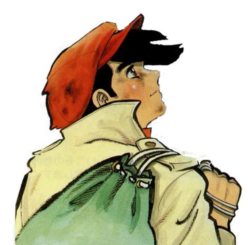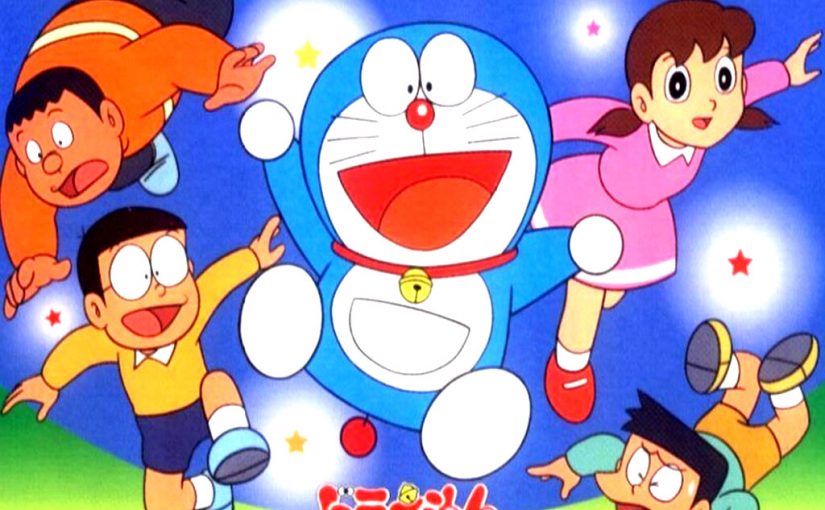Another installment in my series of yearly manga picks. For a few years now, I’ve been doing a chronological readthrough of as many good (and bad) manga I could find. I did this to get a grasp on the evolution of the medium, who influenced whom, and to be able to appreciate older works in their own context. Manga that was highly original in their own time, but would seem dated in our day. I have now become a walking manga-encyclopedia with Excel files filled to the brim with endless lists and have decided I can no longer keep my pseudo-knowledge contained and watch all of you suckers read crap. So here are, in my humble, omnipotent opinion, the best manga debuts of 1969, all in neat chronological order. You’re welcome!
Year 24 Group
1969 was the year a group of female manga artists, known as the Year 24 Group, made their manga debut. The year 24 comes from the Japanese name for 1949, when many of them were born. Whether or not they were inspired by the civil rights movement in America, or had feminist motivations at all or just coincidentally happened to all want to draw manga at the same time… I have no clue. Seriously, I’m not an expert, why are you reading this? In this video, Hagio Moto explains that some publishers held contests, and that could explain why many young female mangaka made their debut at that time.
I mentioned coincidence as a possible reason for the sudden appearance of so many female mangaka, but there was definitely a “scene”, with Moto Hagio and Keiko Takemiya living in the same apartment between 1970 and 1973 and invited friends and other artists to exchanges ideas about shoujo manga.
Pioneers, style & themes
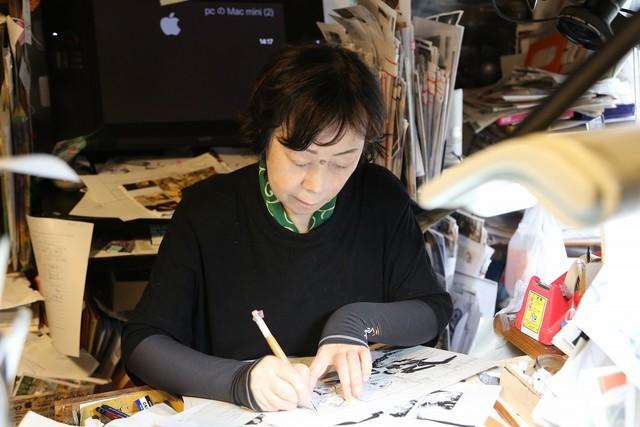
These women took over the shoujo genre from the hands of pioneers like Tezuka and Yokoyama and heavily influenced the evolution of manga for girls and young women. Among them are big, respected names like Moto Hagio, Riyoko Ikeda and Keiko Takemiya, who made considerable innovations, focusing on the heroine’s inner experiences, complex page layouts and often eliminating panel borders.
Their drawings at times resemble stills from a stage play, where shounen/seinen takes more of its influence from movies.. It’s delicate, poetic, but also often features big theatrical expressions and gestures. Early shoujo is easily mistaken for relying on sentimentality and being flowery nonsense (adressing the hardcore shounen readers here). Many of these artists’ visual choices, sometimes borderline psychedelic, are heavily symbolic, while the story content could get quite controversial and often tackled gender norms and other social issues. Not sure if I’m selling it well, but it’ll have to do.
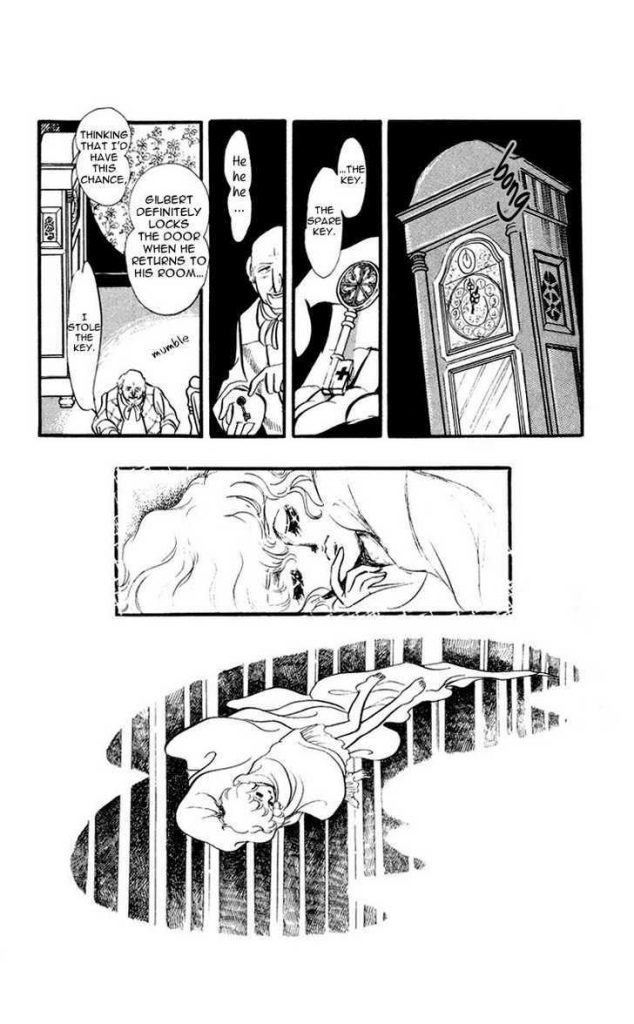
Keiko Takemiya on gender
I must admit, a lot of these early pioneering entries were thoroughly confusing or even alientating to me, an oblivious straight guy, born in 1991, growing up with Pokémon, Digimon and Dragonball and then reading manga written for women and girls from the 1970’s. They often featured an all-girl or all-boy cast and everyone was gay. Allow me to not elaborate too much on this, but you can imagine my confused fascination. Or maybe you’ve had the same experience? I’m quite sure there’s a heavy influence from a popular Japanese theatre tradition where female actors played roles of both genders.
I recalled reading an interview with Keiko Takemiya, where she explained the choice for all-boy cast:
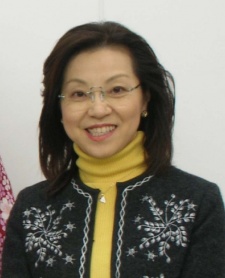
“Through boy’s love, it is possible to express dual personality (feminine and masculine) that is involved in human beings. Boys play the part for both genders to discuss the relationship between love and sex. If the relationship between love and sex is expressed through the love of man and woman, it is avoidable to emphasize gender. But, it is possible to discuss the problem beyond the limitation of gender based on boys’ love. Also, in case of man-woman love, it is difficult to talk about dual personality since there is reality such as childbirth after the achievement of love.”
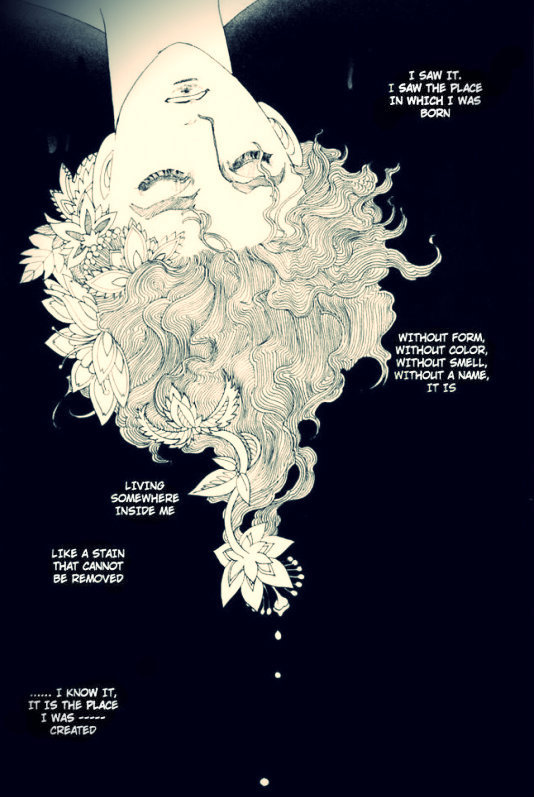
There’s much much more to the evolution of shoujo manga in this era, I just write about the artists that I found translations of and that interested me. I’ll stop embarassing myself now and suggest to you this more informed and impassioned article by the Anime Feminist about forgotten shoujo manga, for further reading.
Best Manga of 1969
I wrote this introductory segment before choosing the manga’s for this year, so I apologize if I actually don’t include any of them at all, since I doubt any of their debuts turned into big hit manga’s right away. And the MyAnimelist database I’m using is lacking in older works, so I’m likely to miss a lot of works. If they don’t feature here, you will definitely read about them in later posts. Anyway, sorry for the long informative paragraphs, but here’s the best manga of 1969, or all the manga that mattered to me at least.
Ryuu no Michi – Shoutarou Ishinomori, 1969-1970
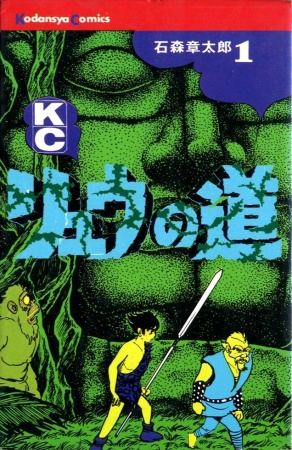
Shoutarou Ishinomori, a student of Osamu Tezuka, is one of the most influential manga artists of all time, but underread outside of Japan. Ryuu no Michi or The Road of Ryuu is not his best or most well-known work, but it’s a short and good read. The main character, Ryuu (duh), wakes up in a sleep pod as the sole survivor of an expedition and finds himself in a post-apocalyptic Earth. Ryuu no Michi gets a bit message-y about the dangers of technological innovations., but it’s a great read and A+ art.
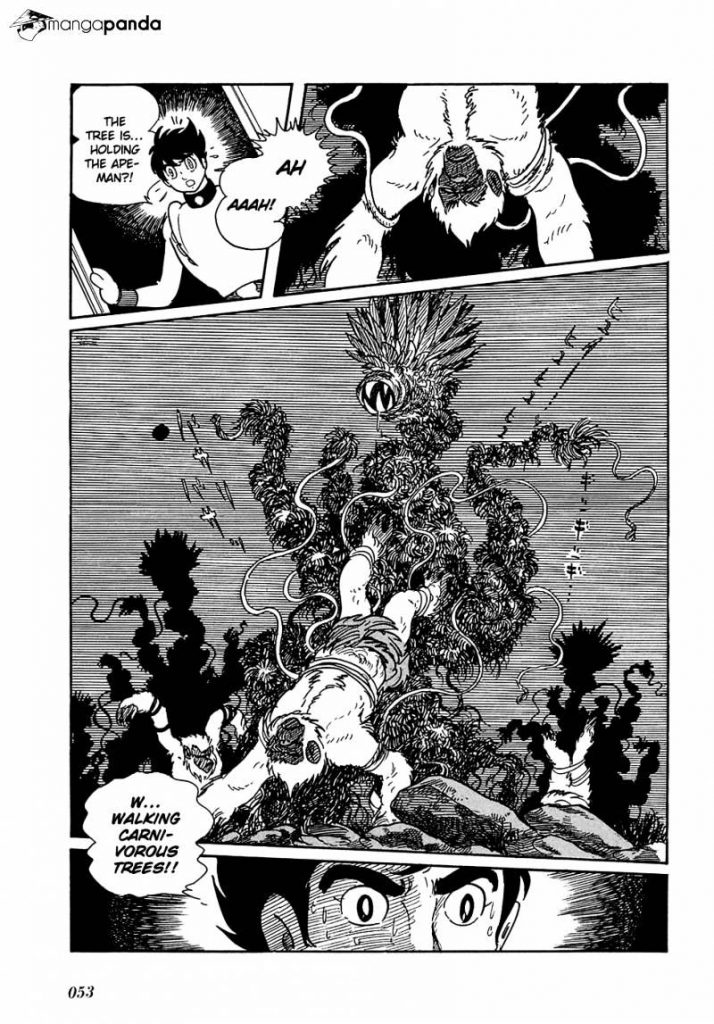
Hi No Tori: Universe – Ho-oh – Osamu Tezuka, 1969-1970
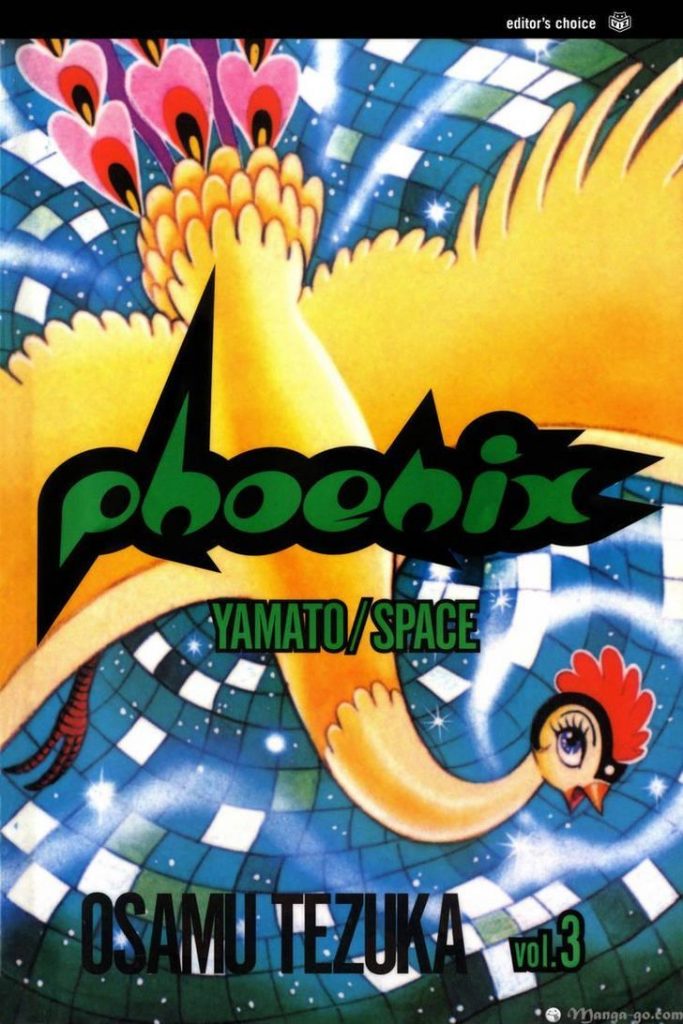
Fourth and fifth volume of Osamu Tezuka’s unfinished chef d’oevre Phoenix. In Hi no Tori Tezuka goes back and forth between the future and the past and each chapter involves a search for immortality, which is either unobtainable or a curse. Universe or Space is by far my favorite part of the story, and the main reason I did separate entries for Hi no Tori. Four astronauts escape their ruined spaceship in separate escape pods, where they try and solve a murder mystery and discover betrayals, before they land and more drama and adventure ensues. Several pages are divided in four rows of panels, one for each character in his pod. The row goes to black when one of them is asleep. Yea, I thought that was neat.
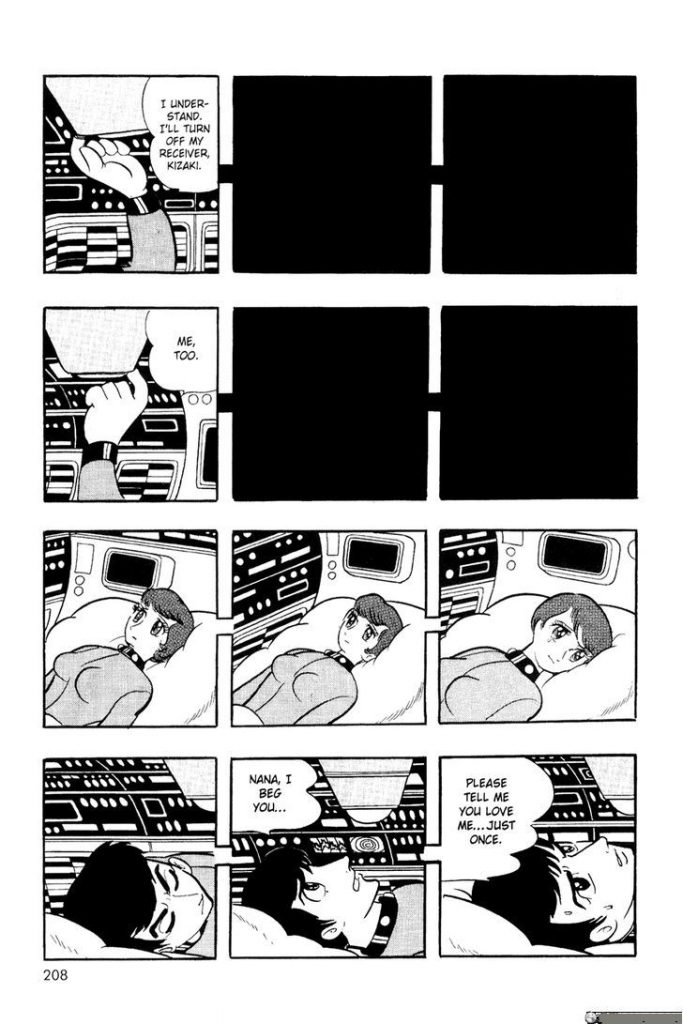
In Ho-oh or Karma, a second chapter Tezuka published that year, the lives of a one-eyed and one-armed young bandit and a sculptor get tangled up. Their paths diverge, but their fates remain linked.
Orochi: Blood – Kazuo Umezu, 1969-1970
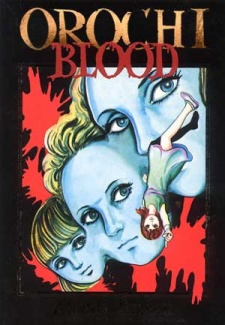
While horror isn’t my favourite genre, I know horror manga has a big cult audience and Kazuo Umezu is definitely a big name in the genre. Often delving into dementia. Umezu’s art is thoroughly unsettling. I’ve managed to read some of his works though, and Orochi: Blood is one of the first. Surprisingly, I actually still remember some of these chapters, even though it’s been years.
Each chapter of Orochi: Blood stands alone and explores different aspects of humanity. Orochi is a mysterious woman with odd powers and an interest in understanding human nature. Often she just observes the action or narrates the story. If these early horror stories are already so rooted in the philosophical and psychological, it’s no wonder how Japanese horror today has gotten it’s reputation. I’d say Orochi: Blood is a good read, not great. But an interesting example of early horror manga. For some reason chapter 9 has gorgeous full page drawings, like a “children’s” book.
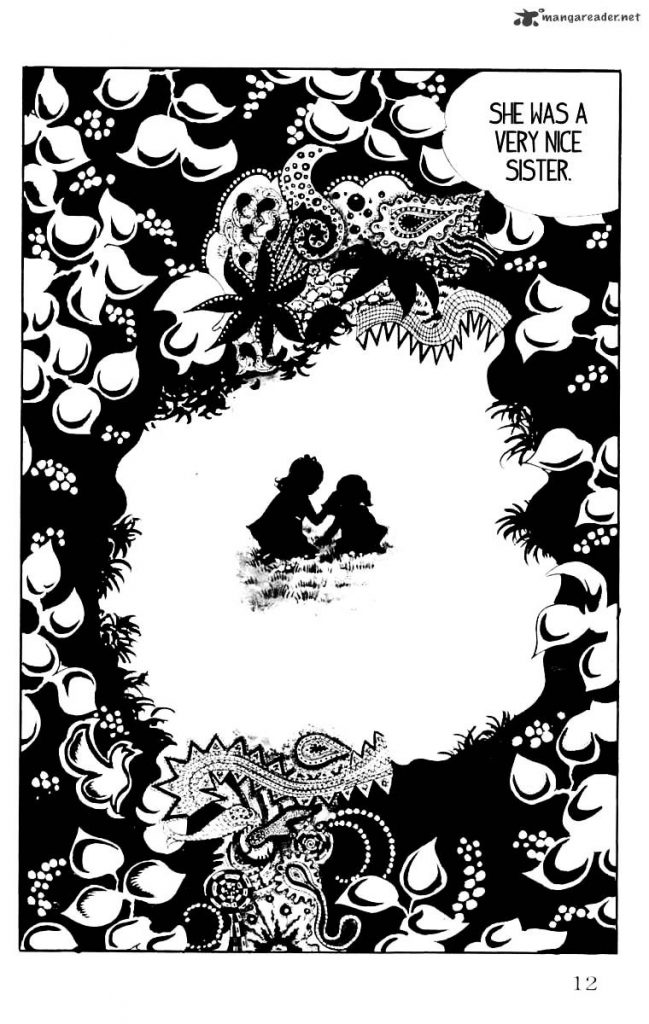
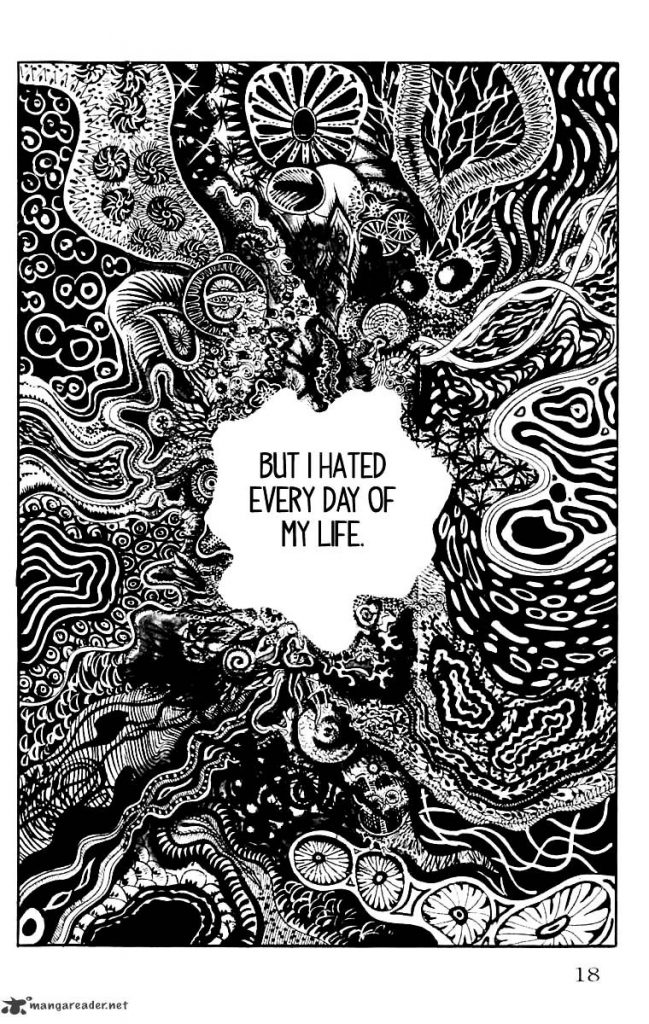
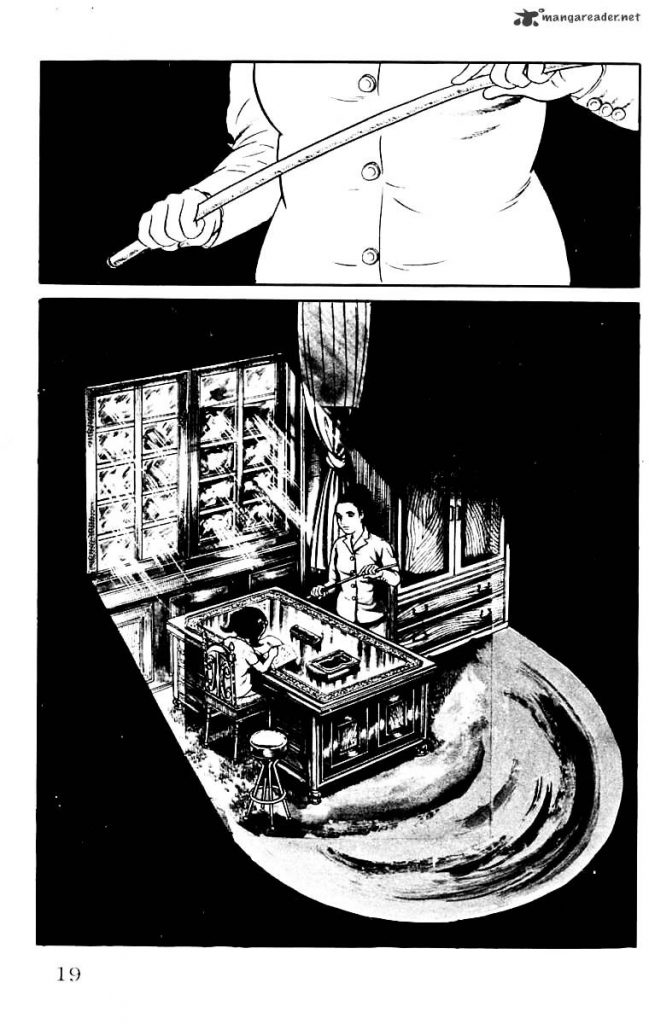
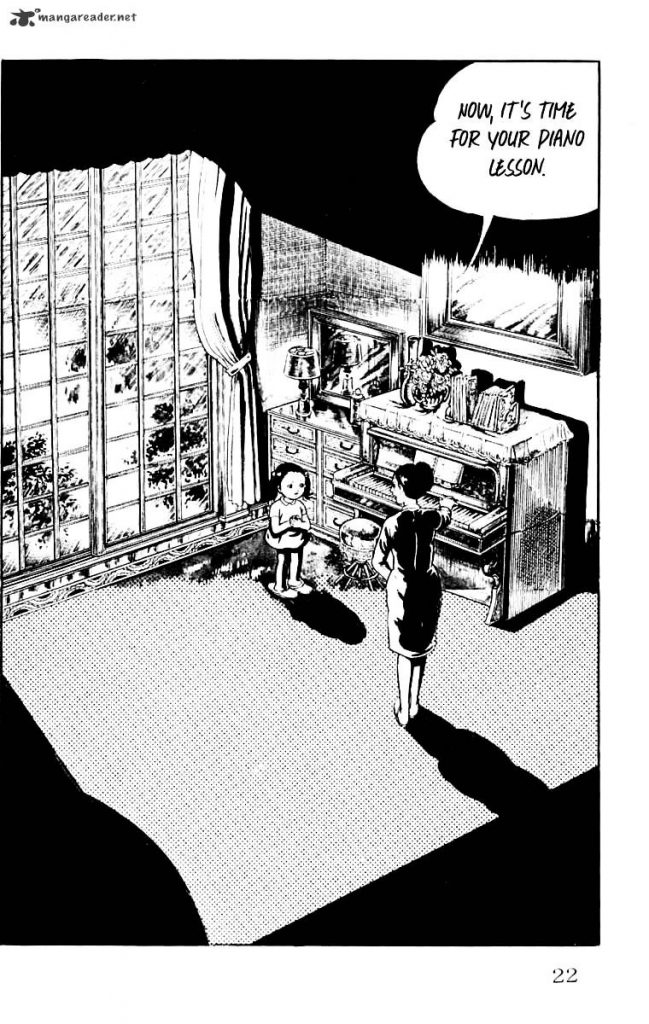
Sabaku no Tami – Hayao Miyazaki, 1969-1970
Sabaku no Tami or People of the Desert is a kind of picture book by Studio Ghibli founder Hayo Miyazaki, with the text written outside of the frames and few dialogue. It’s a dark war story, written for children. It’s not terrific, the characters are on the plain side, and the visual presentation takes some getting used to. But Sabku no Tami is a solid read and a nice piece of Miyazaki history.
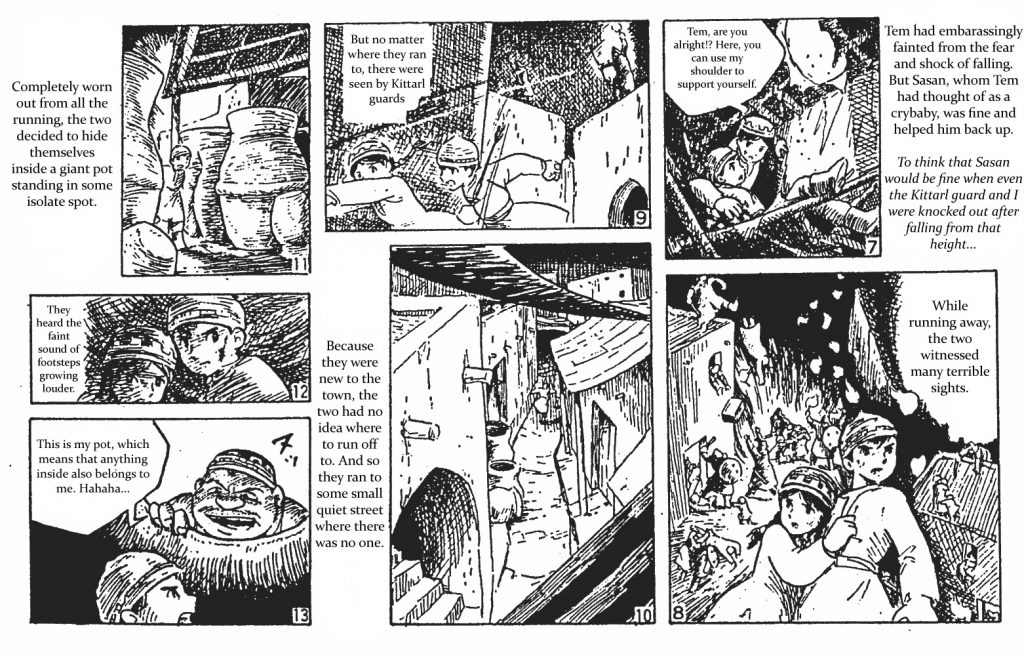
The Push Man and other Stories – Yoshihiro Tatsumi, 1969-…
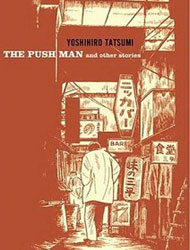
The Push Man and the link above are different collections featuring some of the same stories. The first one was released in English in 2005 and was nominated for several awards. The Push Man was my first introduction to gekiga manga. I remember being impressed by the sometimes wordless pages, featuring silent protagonists, weak and passive male working class characters and their everyday life struggles. There’s also some criticism on the overuse of the same tropes and pushover protagonists, but damn, it’s experimental manga from 1969. Be cool, people.
Shekishoku Elegy – Seiichi Hayashi, 1969-1970
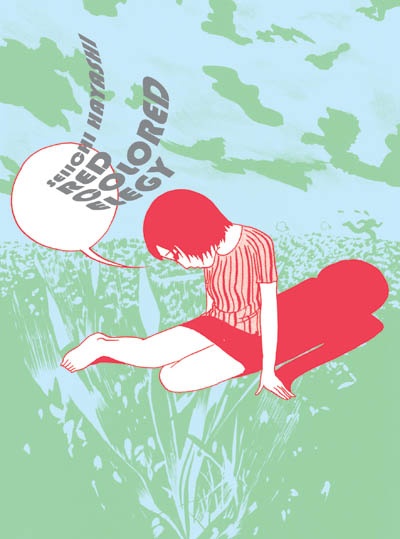
Shakishoku Elegy or Red Colored Elegy is a beautiful slice of life story about a young couple, who spend their time drinking, smoking, daydreaming and sleeping, uninvolved with the political movements of the time. They struggle to communicate with each other verbally and their stunted dialogues and expressive body language make for the realest manga you’ll ever read from the sixties. The alteration between the depicting of characters, landscapes, everyday objects and metaphoric car crashes or fires make for the most visually poetic and ahead of it’s time manga from the era. Shekishoku Elegy still resonates today and is nothing short of a masterpiece.
Doraemon – Fujio F. Fujiko, 1969-1996
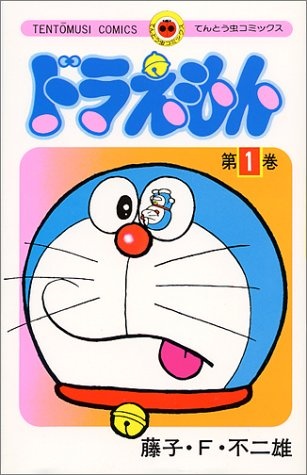
The character of Doraemon would need no introduction in Japan, although it’s never been as popular in the West, having peaked before the anime boom outside of Japan. Doraemon is a cat shaped robot from the future, traveling back to the 20th century to help Nobi Nobita, a lazy knobhead of a kid who sucks at everything. If you can relate to both the robot cat and no good lazy kid: congratulations, you’re me. The manga and anime became a huge hit in Japan and is still highly popular and widely recognized. The setup of Doraemon, the robot/magical creature suddenly appearing and shaking up the loser protagonist’s life, became a repetitive trope in manga and anime. It’s fun as hell and a classic example of gag manga, with the occasional delightful mayhem at the final page of the chapters. But good luck reading all 821 chapters.
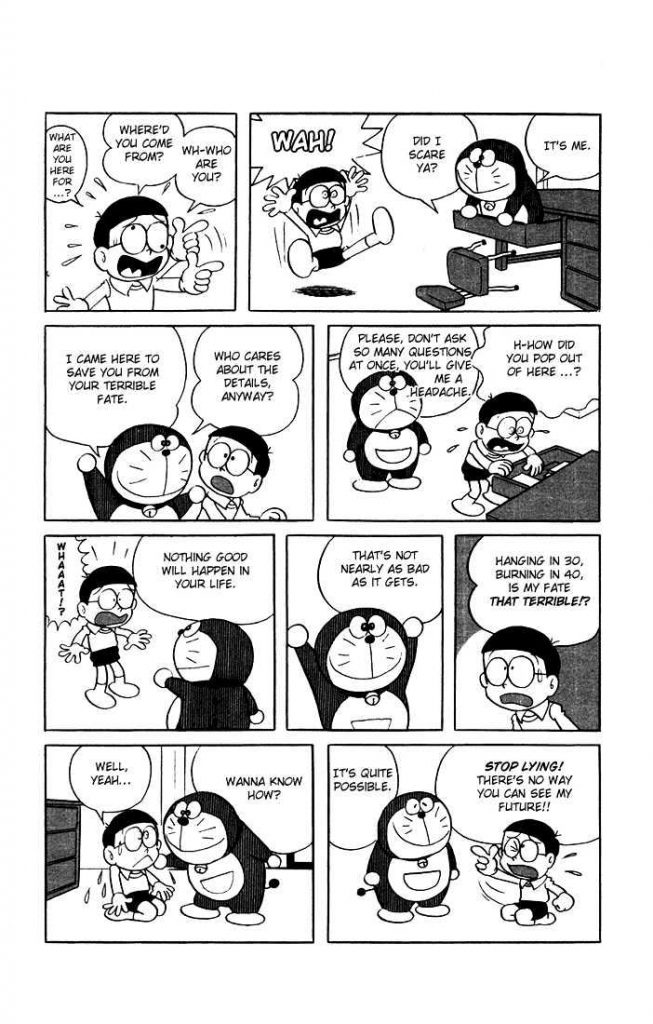
Honorable Mentions
Bianca – Moto Hagio, 1969-1970
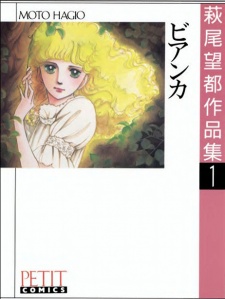
I am a great admirer of Moto Hagio, and often a fan, but not always. Her work can be either very alienating or deeply traumatizing. But always intriguing. I couldn’t find this early collection of one-shots, but I did find an entire fricking essay about it. You’re welcome, I guess. I think some of these stories are collected in A Drunken Dream and Other Short Stories.
Dynamite Milk Pie – Suzue Miuchi, 1969-1981
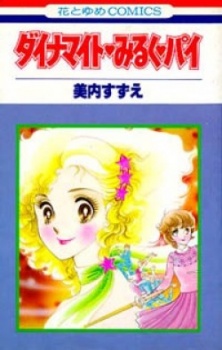
4 Short stories by the author of Glass Mask, one of the longest running manga series I’ve actually wanted to keep reading. The title story seems like kid-friendly shoujo with a strong female lead. Spoiler: I didn’t actually read it.
Hanasaku Minato – Seiichi Hayashi, 1969
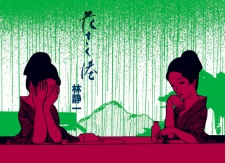
A one-shot featured in Garo magazine. A love story in the aesthaetics of enka music, known as “Japanese blues”. Again, can’t find it, but here’s another goddamn essay. I should really try to be as smart as these other people on the internet.
The Crater – Osamu Tezuka, 1969-1970
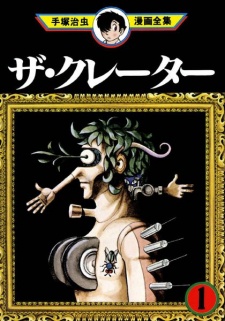
A reviewer on MAL describes it as the manga equivalent of the Twilight Zone. Not Tezuka’s best, but pretty good.
Fuusuke – Osamu Tezuka, 1969-1972
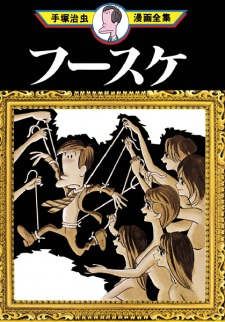
A collection of adult comedy short stories by Osamu Tezuka. Don’t ask.
Uki / Trash Market – Tadao Tsuge, 1969-1973
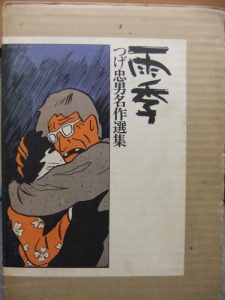
Brother of the other Tsuge… A collection of 5 one-shots about life after World War II. Very original art style. Can’t find it? Here’s another blogpost.
That concludes my picks for best manga of 1969. Think I’m wrong? Think didn’t make enough effort? Share it in the comments or write your own damn blog. For those disappointed with the absence of shoujo from the Year 24 Group I was talking about earlier: don’t worry, it’s coming. Debuts are rarely the best work of an mangaka. Or did I unforgivably overlook your favourite manga? Please share!
Next post:
Best manga of 1970
Previous post:
Best manga of 1968
